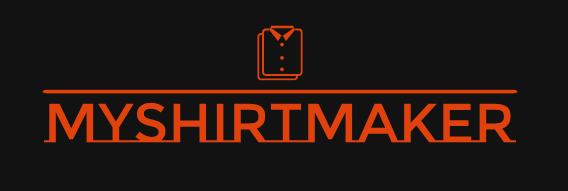HD Bootcamp – Overscan
HD Bootcamp – OverscanHigh Definition has become a household term, holding enough strength as a…
HD Bootcamp – Overscan
 High Definition has become a household term, holding enough strength as a buzzword to be used to pass off almost anything and make it seem way better than it actually is. Like those HD sunglasses, for example. You know, the ones that claim to ratchet the resolution of your VISION up a couple notches, when the only thing they really do is make everything a nice warm shade of dirty yellow.
High Definition has become a household term, holding enough strength as a buzzword to be used to pass off almost anything and make it seem way better than it actually is. Like those HD sunglasses, for example. You know, the ones that claim to ratchet the resolution of your VISION up a couple notches, when the only thing they really do is make everything a nice warm shade of dirty yellow.
The fact that a product like this gets enough sales in order for it to actually exist is a testament to just how clueless people are about the technology behind High Definition displays.
A commonly overlooked concept in the world of broadcast television, and yet one of the most important for the owner or potential owner of an HDTV, is overscan. The term itself isn’t very self-explanatory. An easier way to think about it is with photography terminology. Overscan is the cropping and resizing of a broadcasted image to fit a display, like resizing a photo to fit a certain dimension.
Overscan exists because it became a foregone conclusion that televisions are going to crop the image that they pick up to some degree or another. Because of this, broadcasters began inserting ‘garbage’ into the edges of their casts, sometimes to imbed closed captioning signals, or simply left some in there out of sheer laziness. Why clean up a signal that has something wrong on the edge when 99.99% of your viewers aren’t going to see it?
This practice has carried over into the digital age, where screen resizing, not too big of a deal with the fuzz-fest that was the original TV, can become a serious issue. Because it’s so prevalent, most televisions simply overscan all of their images without a second thought, as a result, truly clean and pristine images are resized and warped to fit the new dimension and resolution, greatly reducing image fidelity. Most HDTVs even do it with the crystal clear 1080p signals from BluRay players.
How do you fix this issue? Make sure your television can turn off overscan. Unfortunately, the nomenclature doesn’t stay the same across the board. Some manufacturers call it Screen Fit, or Dot by Dot, but all it really is is mapping the signal’s pixels to your screen’s pixels, or 1:1 pixel mapping. Buyer beware, because some televisions don’t even have the option, though that’s becoming less and less prevalent with the newer televisions.
So if your new HDTV’s picture just doesn’t seem to be as nice as it looked like in the store, be sure to check your manual and see if that pesky overscan is still enabled.







